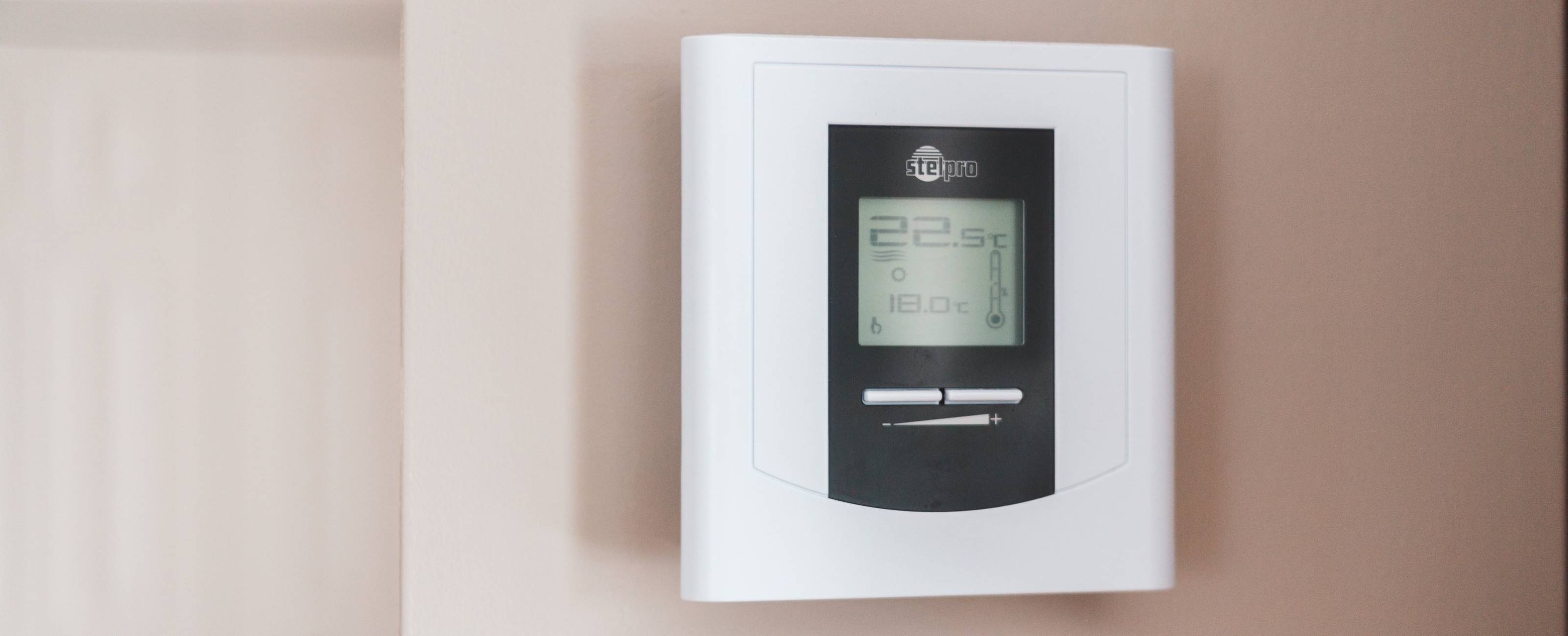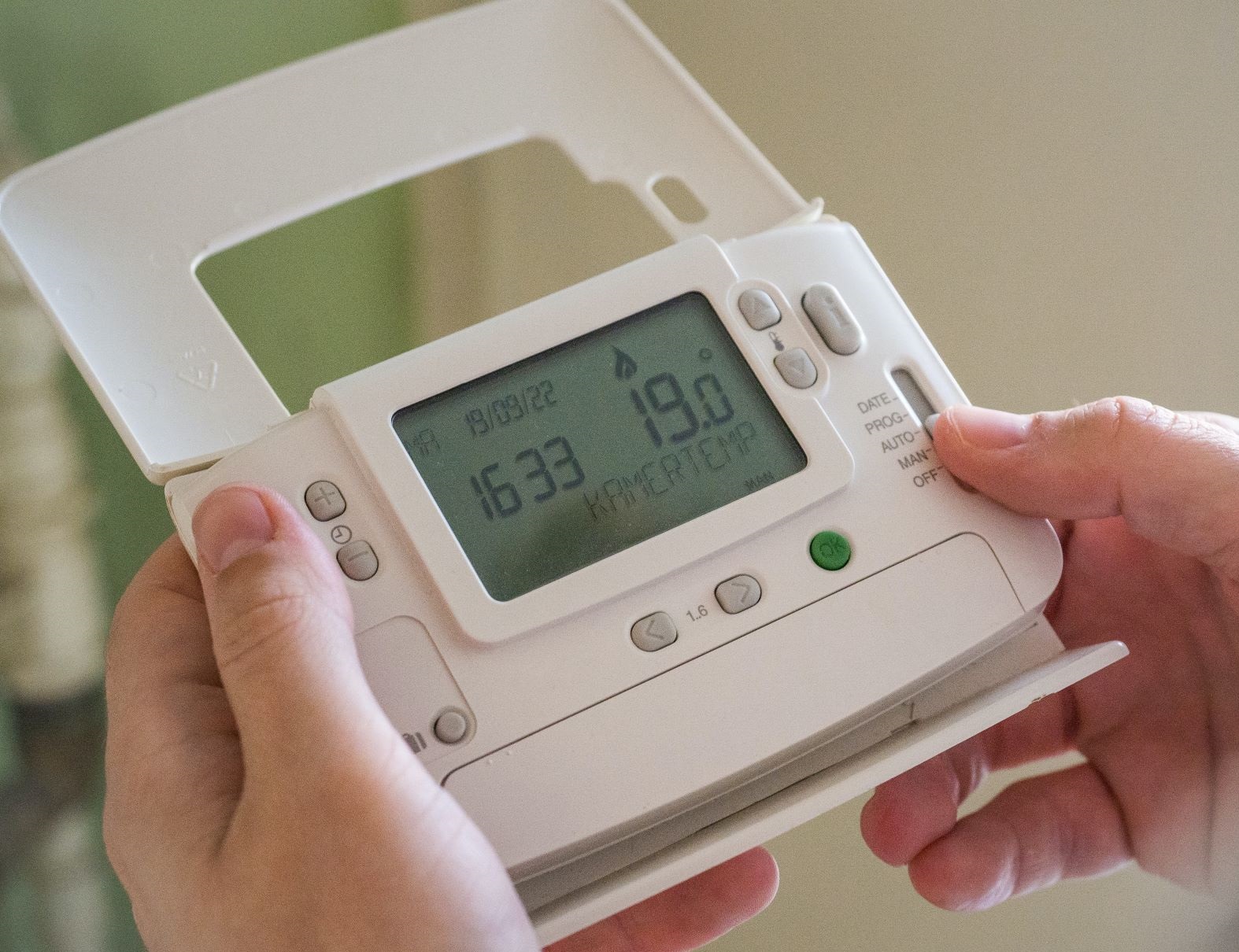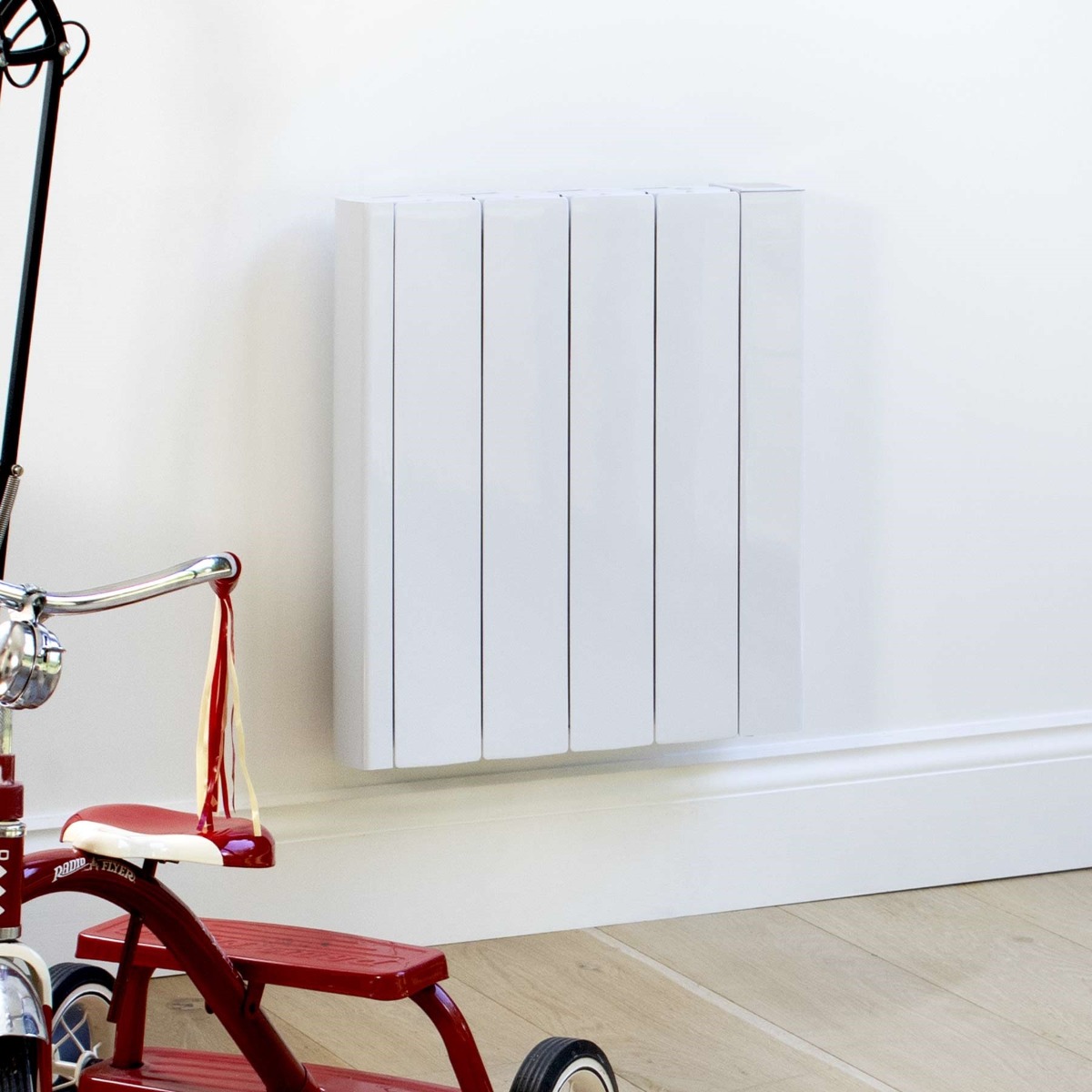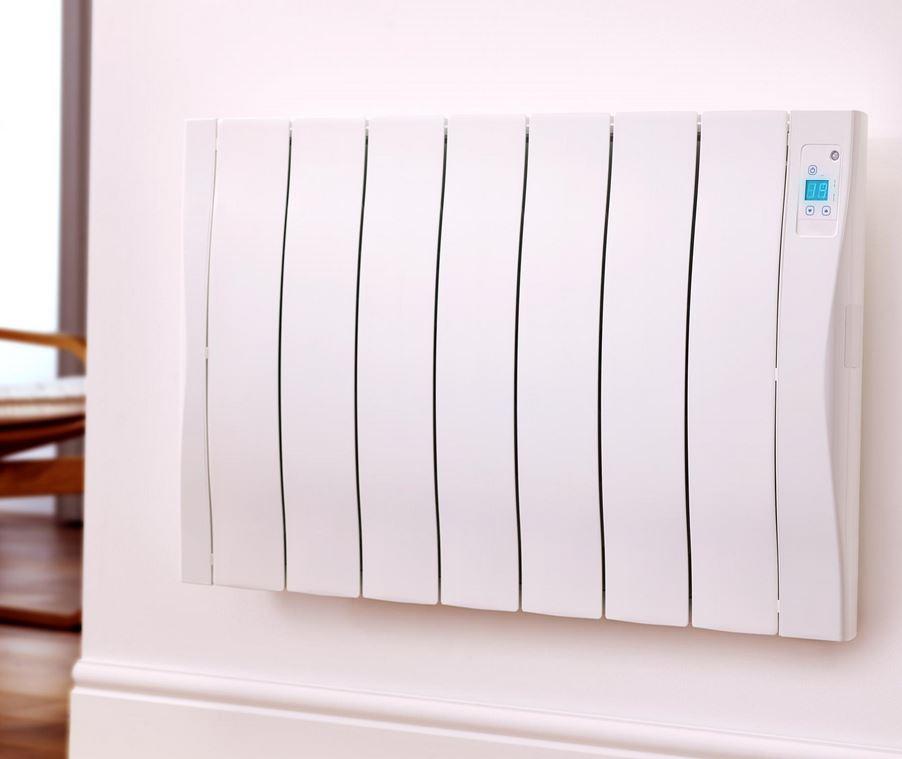

Layering up, taking shorter showers and upping your home’s insulation levels - just some of the tips we’ve heard about how to save money on energy bills. The costs hovering over our heads aren’t likely to waver any time soon, so finding ways to minimise energy consumption without sacrificing on comfort is essential. We’re here to demystify whether turning your thermostat down by just a few degrees can lead to a saving on your energy bills this winter.
To cut a long story short - the answer is yes, turning your thermostat down a degree or two can help you save. In this blog, we’ll be explaining the hows, the whys and the most important question of all - just how much you’re likely to save.
Turning down your thermostat - the cold hard facts
Your thermostat should be set to the lowest comfortable temperature, which for most healthy adults is typically between 18°C and 23°C.
How does turning down a thermostat save money?
It makes total sense - turning your heating down a few notches reduces the energy output your radiators require to reach your desired temperature. Less watts of energy used equates to less watts of energy paid for, creating a neat saving when those monthly bills rear their heads.
How much am I likely to save?
According to the Energy Saving Trust, turning your thermostat down by just one degree can cut bills by about £145 a year, which is around 4-5%. This is based on a semi-detached house, running the heating between 7am-9am and 4am-11pm on weekdays and 7am-11pm on weekends. These savings will change depending on the size of your house, its insulation levels and your individual energy usage. For every degree, you can expect to see the same savings - so reducing your heating from 21°C to 18°C can minimise spending by an impressive 15%.


Will I notice the difference in temperature?
If the thought of deviating from your cosy 23-degree haven brings you out in a cold sweat, there’s no need to worry. Those extra degrees can generally be made up by adding extra layers. Brush off those woolly jumpers, add a few extra blankets onto your sofa, and bundle up in a dressing gown whenever you’re at home.
Of course, if there are members of your household who are very young, infirm, or elderly, there may be more appropriate ways of reducing energy usage in winter. Staying warm is key to staying healthy and overcoming illness, so we appreciate this method may not be suitable for everyone.
If you’re unsure, it’s best to reduce by a degree at a time and record how you feel over the course of a day - rather than reducing it drastically in one go.
Centralised thermostats - the drawbacks
Reducing the temperature on your thermostat is one of the simplest ways to save a few pounds on your heating bills. Whilst you’re there, it’s worth sparing a thought for the efficiency of a centralised thermostat in general. They certainly make it easy to manage your whole home’s heating in one fell swoop, but centralised control can lead to a lot of unnecessary energy waste.
If you have a thermostat that controls every single radiator in your home, here’s some drawbacks worth thinking about:
● Rooms are often heated when they’re not needed. If you’re watching a film in your living room, there’s no need for the attic office to be heating. Centralised control generally does not offer room-specific management.
● If there’s a technical hiccough with the thermostat itself, it affects the entire system - leaving you at best with no heating control and at worst without any heating at all. One small problem can snowball very quickly.
● Centralised thermostats are generally wall-mounted, and usually paired with receivers through a radio frequency signal. Their portability is therefore low, and control outside of the frequency’s range is impossible - you must be at home to make any changes.
The modern solution: electric heating
Decentralised heating systems - like electric heaters - typically allow individual control of the temperature in different areas of the home. This is sometimes done via external thermostats, but most often the thermostat and its controls are situated on the body of the unit itself. Some more modern electric heaters are compatible with a smart device via WiFi or Bluetooth, so any changes can be implemented from the ease of a compatible app.
The benefits of decentralised control:
● Zoned heating – Have a permanently chilly basement kitchen? Or a heat trap of an upstairs office? Electric radiators can be programmed independently of each other, matching room-specific requirements. The living room radiator can be set to a warming 21 degrees, whereas the towel rail in the bathroom can be set to a steadier 18 - just enough to dry towels sufficiently. In a room that’s not in use, the heating can be turned off all together - without affecting the rest of the home.
● Smart control – WiFi or Bluetooth compatibility, bring all available heating controls to your smart device. Alter temperatures, switch modes, and create schedules in a flash. With many app-enabled units, they can still be paired up to other smart heaters in your home - great if the ease of adjusting multiple heaters at a time is appealing to you.
● Precise temperature control – Electric heaters with built-in thermostats offer a much more accurate picture when it comes to temperature readings. Centralised thermostats usually have their temperature gauge inside the receiver - not in the rooms themselves. With their in-built thermostats, electric heaters measure the temperature of the room they’re in and adapt accordingly - regardless of the rest of the house.
● Modular system – With decentralised systems, if there’s a problem with one thermostat, it won’t trickle down and affect the rest of the system, as they’re not interconnected.
Our recommendations for superior thermostatic control
As we’ve shown, having detailed control over your heating can lead to some big savings. Making this control as accessible as possible is key to keeping on track of your energy usage, and electric heating makes this easy.
Ecostrad iQ Ceramic Electric Radiator
Top three energy saving credentials:
● Daily and weekly programming
● In-built WiFi connectivity
● TRIAC Precision thermostat accurate to ±0.5 °C
Every part of the Ecostrad iQ Ceramic has been streamlined for superior energy-efficiency. Its completely silent, in-built TRIAC thermostat ensures that any set temperatures are adhered to, within an impressive ±0.5 °C. The iQ Ceramic is controlled via its LCD touchscreen interface at the top of the unit, but also, it is WiFi enabled for app management on a smart device. If you’ve decided to take our advice and turn your heating down a few degrees, this can be actioned in moments, all from the ease of a smart device - you won’t need to move an inch.
Haverland SmartWave Self-Programming Electric Radiator
Top three energy saving credentials:
● Optional WiFi Control
● Motion Sensor Technology
● Alexa and Google Home smart speaker compatibility
Haverland's SmartWave range of electric radiators also come with a TRIAC thermostat, accurate to a minute ±0.2 °C. With this radiator, the temperature you program is more or less the temperature you’ll receive - as any deviations will only be within that ±0.2 °C mark. The SmartWave also comes with a motion sensor mode, which detects movement in a room and adjusts accordingly. So, whilst setting a 24/7 schedule is easily done with this smart electric radiator, if you ever drift from those plans, the radiator will turn up or down as appropriate. When paired with their optional SmartBox hub, the SmartWave is WiFi compatible, allowing for lightning-fast adjustments on a smart device.
Rethink how your home is heated with electric
Regardless of the type of heating you have in your home, turning the thermostat down to the lowest comfortable temperature is sure to save money over time. It’s clear to see that a more personalised heating experience leads to more personalised energy bills, and with their high levels of controllability, precision thermostats and energy-saving features, electric heaters make this incredibly simple. Take a look at our wide range here, and if you have any further questions regarding electric heating and its array of benefits, feel free to contact one of our friendly advisors today.
Key takeaways
- Turning your thermostat down by a few degrees can certainly add up to a noticeable saving on your energy bills.
- Centralised thermostatic control does have its drawbacks though, namely that it does not provide room-specific control.
- With electric heating, instead of having one master thermostat for every room in your home, you’ll have multiple individual thermostats, capable of adapting to a specific room’s needs.
- Electric heaters with in-built precision thermostats ensure that a room is only heated to your specified level - so if you’re planning on turning your heating down to save money, you’ll be guaranteed it remains at that level.









